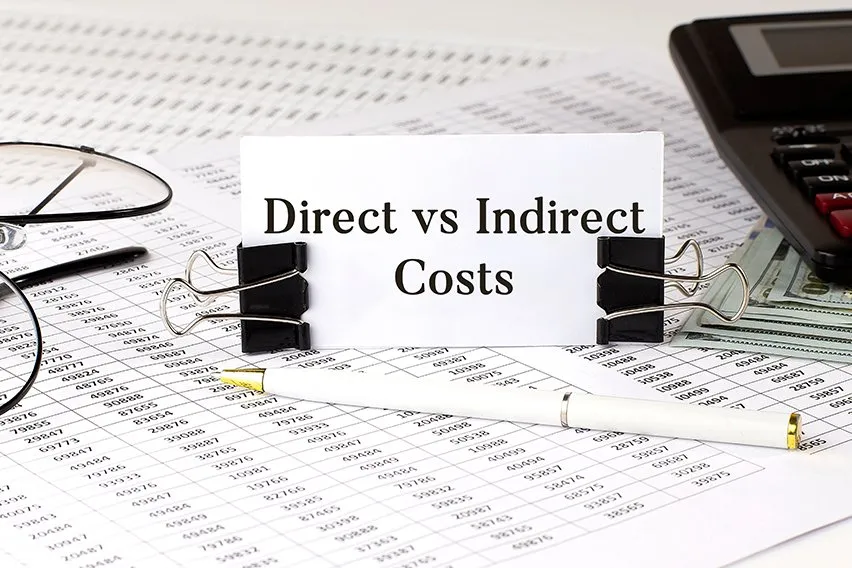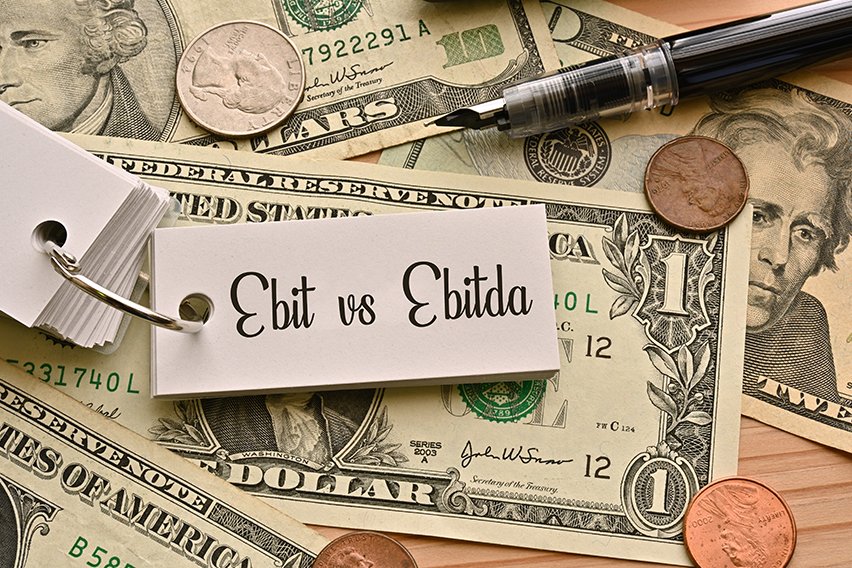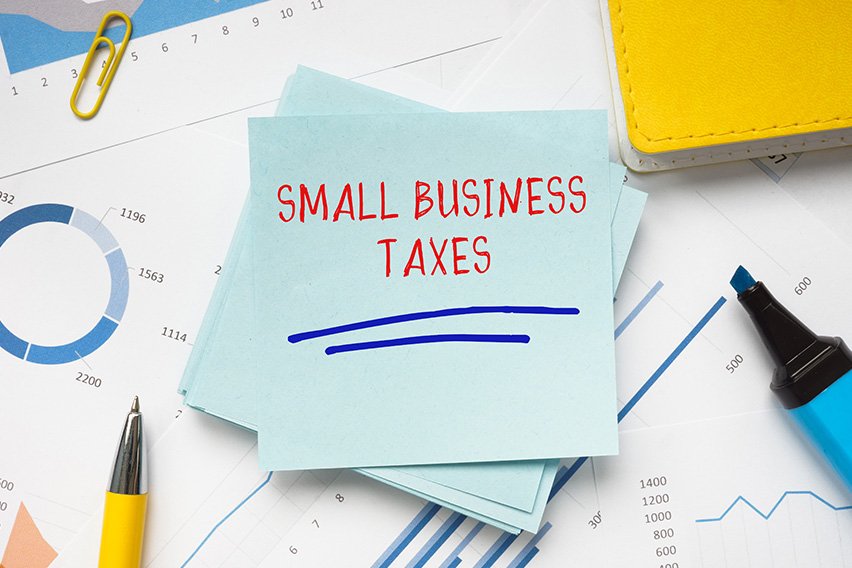Direct vs Indirect Costs: What’s the Difference?

All businesses have expenses of some kind. These expenses are also known as costs. For the most part, they can be broken down into two categories. These categories are direct costs and indirect costs. As a business owner, knowing what business activities are direct or indirect is important. Keep reading to find out more about both of these types of expenses!
Here’s What We’ll Cover:
What Are Direct Costs?
Direct costs, or direct expenses, are easy to define for any business. They are able to be connected directly to a cost object. A cost object can refer to any number of things. It may be a specific product, project, or department. A direct cost is often a variable cost. This means that the cost fluctuates with production levels.
Some direct costs examples are listed below:
- Direct labor costs
- Direct materials costs
- Manufacturing costs
- Direct labor employees
- Fuel consumption for production
While many of these costs are variable, some direct costs are fixed costs. An example of a fixed cost would be rent for a production facility, or equipment. These costs are fixed from month to month. The cost to rent these things doesn’t change from day to day. They have to be related to production, though.

Understanding Fixed and Variable Costs
Direct costs are tied to a specific cost object. As such, not all of the costs associated with the object will be fixed. For example, an employee working on a project will normally be a fixed cost. The amount of time that they are allocated to work on the project is set, and it doesn’t change.
However, a product’s direct costs are often variable. This is because supply and demand changes over time. You won’t be producing the same amount of a product at all times. This means that the production costs and material costs will vary depending on the need.
What Are Indirect Costs?
If direct costs relate to a single cost object, then indirect costs relate to more than one. These are harder to define for businesses. They don’t relate to a single product, project, or department. As such, these cannot be assigned to a specific cost objective. Rather, they’re given joint objectives.
Some examples of indirect costs are listed below:
- Rent and utilities for storefronts
- Office equipment (office computers, furniture, etc.)
- Office supplies (less permanent than equipment, like paper and pens)
- Administrative expenses (administrative staff and other administrative costs)
- Overhead expenses
Because all of the above are required for more than one area of business, they are considered indirect.
Indirect Costs can be Fixed or Variable
Like direct costs, indirect costs can be fixed or variable, as well. Some of the fixed indirect expenses are rent for storefronts, or administrative salaries. Variable expenses include utilities for running storefronts, or monthly office supplies.
Calculating the Overhead Rates
Indirect costs can be used to determine a business’s overhead rate. The overhead rate is also known as the indirect cost ratio. This tells a business owner how much money is being spent compared to their sales. The overhead rate is easy to find.
Overhead Rate = Overhead Costs / Sales
Generally, a business wants to see a lower number for their overhead rate. This means that they are making enough money to cover their overhead costs. That indicates that profit is being made, in most cases.

Direct vs Indirect Costs
Understanding the difference between direct and indirect costs is important. Direct costs are the expenses involved in making a product or providing a service. Indirect costs are what it takes to keep a business running. The distinction matters for a few reasons.
Financial Statements
Knowing the difference between both types of costs is important for bookkeeping. Expenses should be recorded with both categories in mind. This makes a big difference on a business’s income statement. Direct costs are listed on the income statement as cost of goods sold (COGS). Meanwhile, indirect costs are listed under business expenses. Knowing how your business is spending money is crucial. Expense tracking can help with that.
Tax Purposes
Knowing the difference between production costs and business expenses may make a difference in your taxes. Not all expenses can be listed as a business expense. As such, knowing what is a direct cost and what is an indirect cost will make an impact.
Pricing Goods and Services
If you don’t use the correct costs to price your products, you may end up losing money. Direct costs are what it takes to make a product. However, if you don’t factor in the indirect costs of running your business, you may not break even.
Key Takeaways
Knowing the different kinds of costs is important for any business owner. Direct and indirect expenses play a major part in bookkeeping and business activities. Understanding each of them can help you make better business decisions.
If you’re looking for more information like this, be sure to check out our resource hub! We have more articles just like it.
RELATED ARTICLES

 EBIT vs EBITDA: What’s the Difference?
EBIT vs EBITDA: What’s the Difference? What Is Project Accounting? A Complete Guide
What Is Project Accounting? A Complete Guide What is Business Use of Home Expenses?
What is Business Use of Home Expenses? What is SG&A (Selling, General & Administrative Expense)?
What is SG&A (Selling, General & Administrative Expense)? 5 Expense Tracker Apps for 2025
5 Expense Tracker Apps for 2025 Tax Deductions for Small Business Canada
Tax Deductions for Small Business Canada